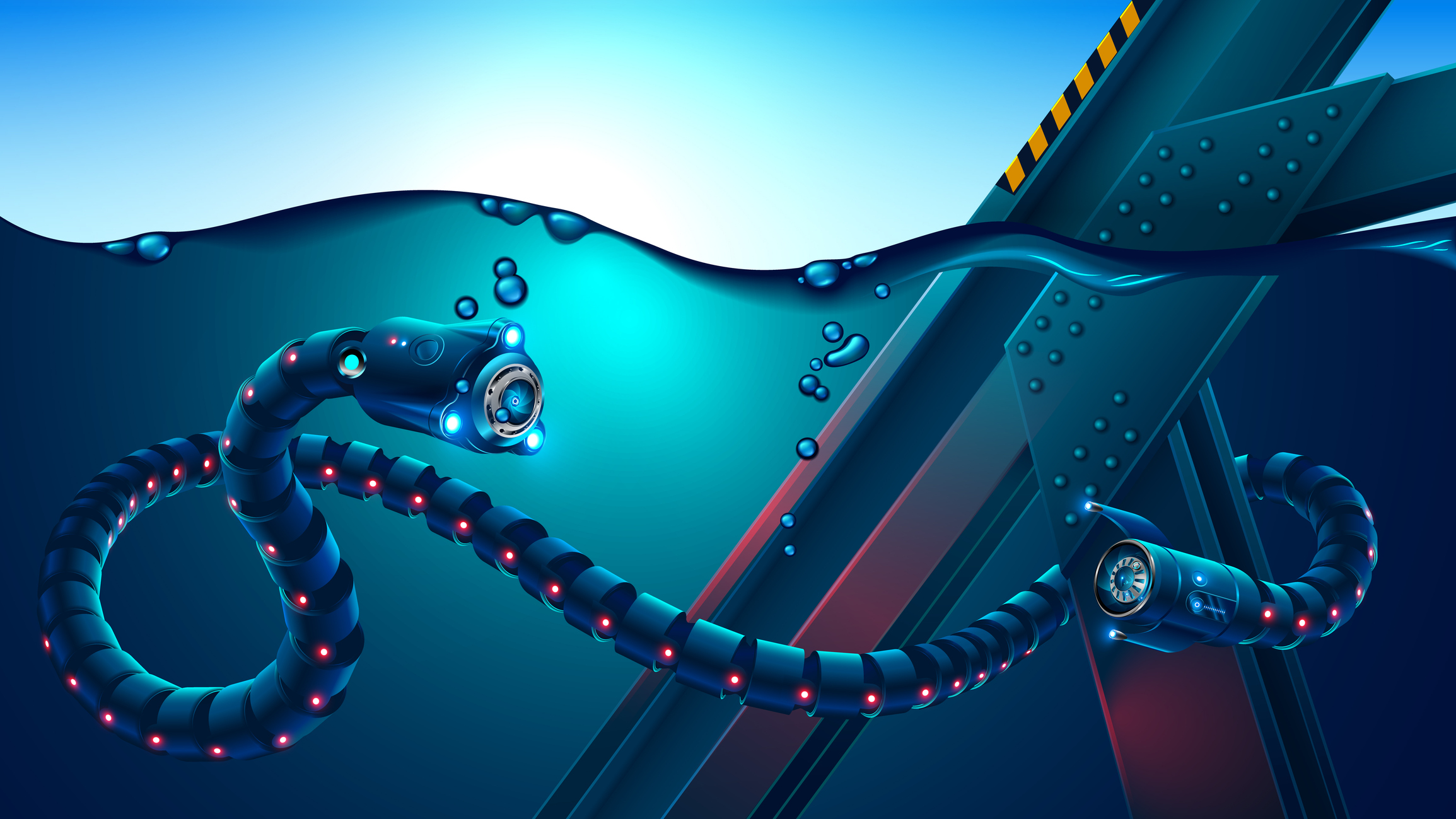Innovative design uses phase-shifting material, enabling electronic sensors to function like biological neurons
August 1, 2025 by Marni Ellery
UC Berkeley professor Junqiao Wu has spent over a decade working with vanadium dioxide, a compound known for its ability to shift between insulating and metallic states. By harnessing this unusual property, he and his lab have developed innovative technologies ranging from “smart” roofing materials to ultra-precise thermography techniques.
Now, they have discovered a new application for this versatile material. In a study published today (August 1) in Nature Materials, Wu and his team demonstrated how vanadium dioxide can also be used to help electronic sensors more efficiently interface with wet, salty systems — a persistent problem for scientists and engineers.
Using this material, the researchers created a new in-memory sensor, or memsensor, that can both detect and remember its chemical environment, enabling it to adapt to challenging aqueous conditions. And, unlike conventional designs, it can do all of this without external power input or complex circuitry.
“This breakthrough could pave the way for simpler, more energy-efficient sensors and adaptive robots capable of operating in complex environments,” said Wu, the study’s principal investigator and the Chancellor’s Professor in the Department of Materials Science and Engineering. “It may also open exciting possibilities for next-generation computing systems that integrate memory and sensing in liquid settings, much like how biological neurons function in the brain’s wet, ionic environment.”
Based on what they knew about vanadium dioxide, the researchers wondered if the material could potentially be used to help electronic sensors efficiently operate under such conditions.
“While it was already known that vanadium dioxide can switch phases and ‘remember’ changes when doped with certain ions, we wanted to explore whether this could automatically happen in water with mobile ions, similar to how nerve cells in living organisms sense and store information with ion motion,” said Ruihan Guo, lead author of the study and a graduate student researcher in Wu’s lab.
To create their memsensor, the researchers attached a thin layer of vanadium dioxide to a small piece of indium, an extremely soft, silvery metal. When the device is placed in salt water, indium releases ions where the solution touches the vanadium dioxide. With the built-in electric fields at the solid-liquid interface, the ions are drawn to vanadium dioxide’s surface, causing part of the material to turn metallic — a resistance change that persists over time.
This shift in conductivity effectively “records” the history of salt exposure, and the rate of conductivity change correlates with the salt concentration. More importantly, the memsensor can sense and store this information without the need for any external voltage.
The nematode C. elegans uses specialized neurons to remember salt exposure and guide its movement toward or away from environments while foraging for food. Mimicking this adaptive behavior, the new memsensor navigates a small robotic boat through varying salt gradients. (Image courtesy of the researchers)
“Using vanadium dioxide’s ability to switch between insulating and metallic states, we were able to create a fast, energy-efficient, in-memory sensor capable of operating in salt solutions and retaining information about the salt concentration even when the sensor is taken out of the solutions,” said Guo.
While engineering their memsensor, the researchers took inspiration from the tiny nematode C. elegans. “This worm uses specialized neurons to remember salt exposure and guide its movement toward or away from certain environments when searching for food,” said Guo. “Mimicking this behavior, we used our sensor to direct a small robotic boat to navigate salt gradients — avoiding undesirable zones and seeking favorable ones — based on its prior salt exposure history.”
Wu explained that their memsensing technology may someday be useful in designing low-power aquatic robotics. Such robots could explore underwater or contaminated environments while adapting their movements like living organisms.
“In a broader sense, the underlying principles point toward the possibility of brain-inspired computing in wet environments — just like our own brain, which operates in a salty, aqueous medium,” he said. “In such systems, devices could sense, store and process chemical information spontaneously, all within a single, integrated platform.”
This work was supported by the U.S. Department of Energy Office of Science, Office of Basic Energy Sciences, Materials Sciences and Engineering Division. For additional details and a complete list of authors, view the study.
Related stories
The transformer: A material’s unusual behavior brings potential advances to industry and science
